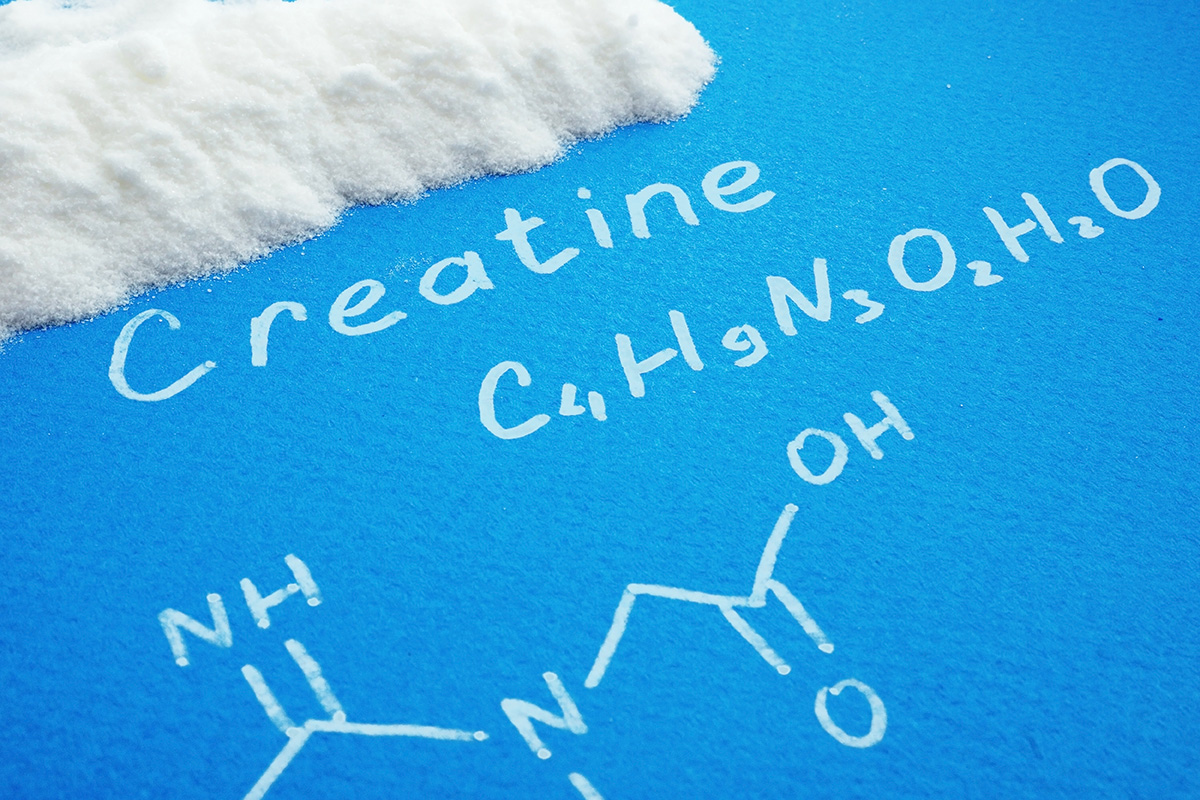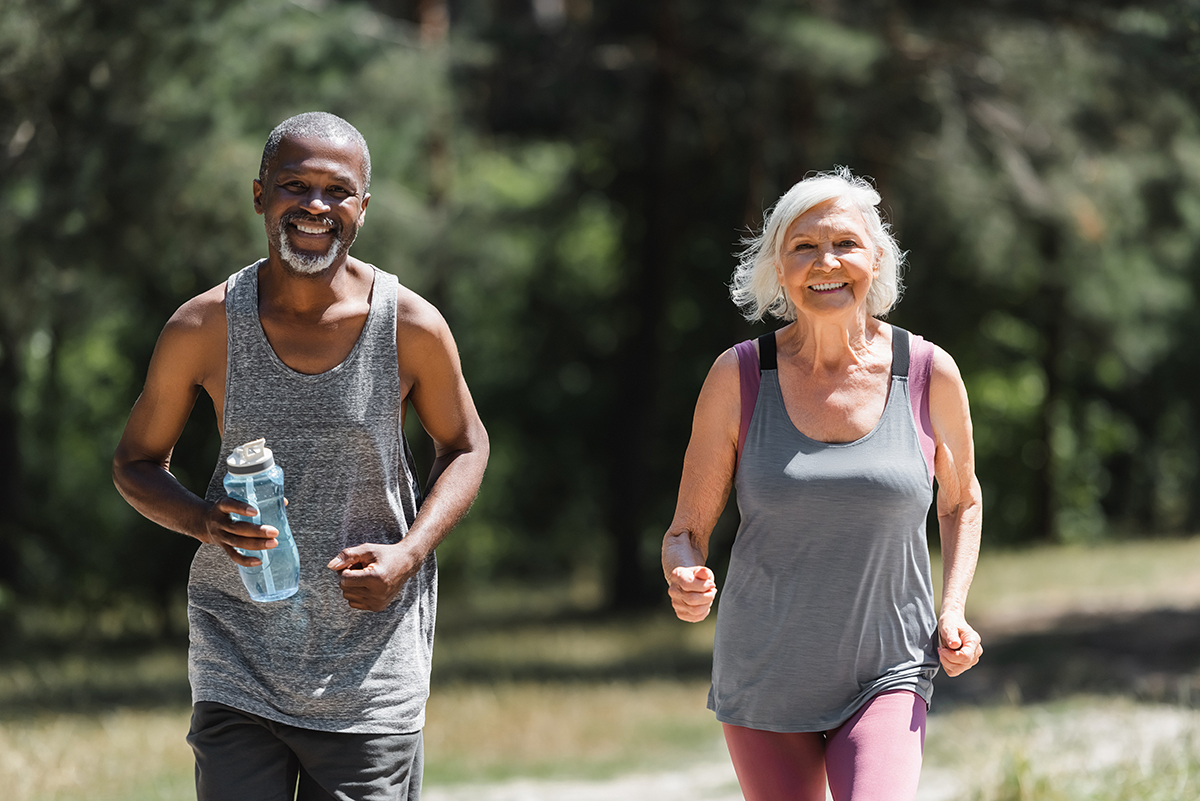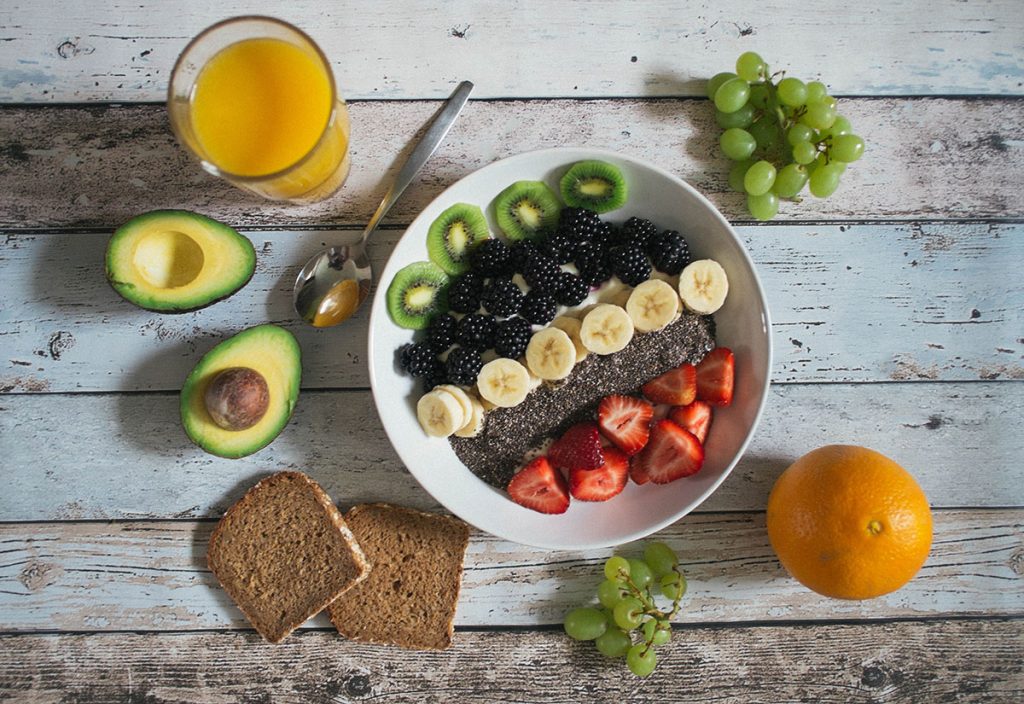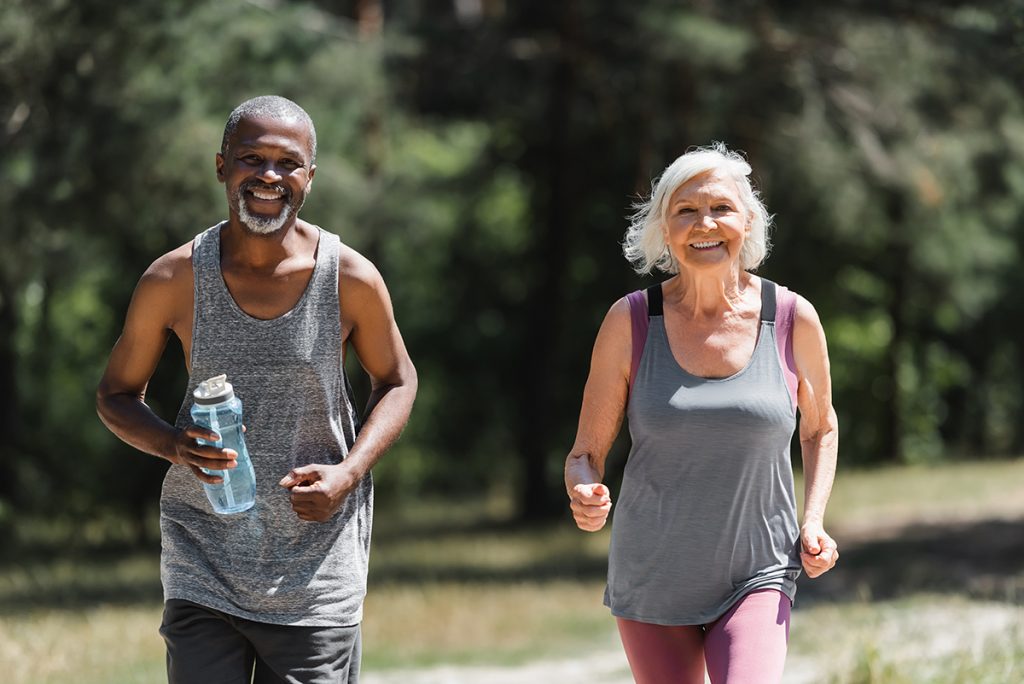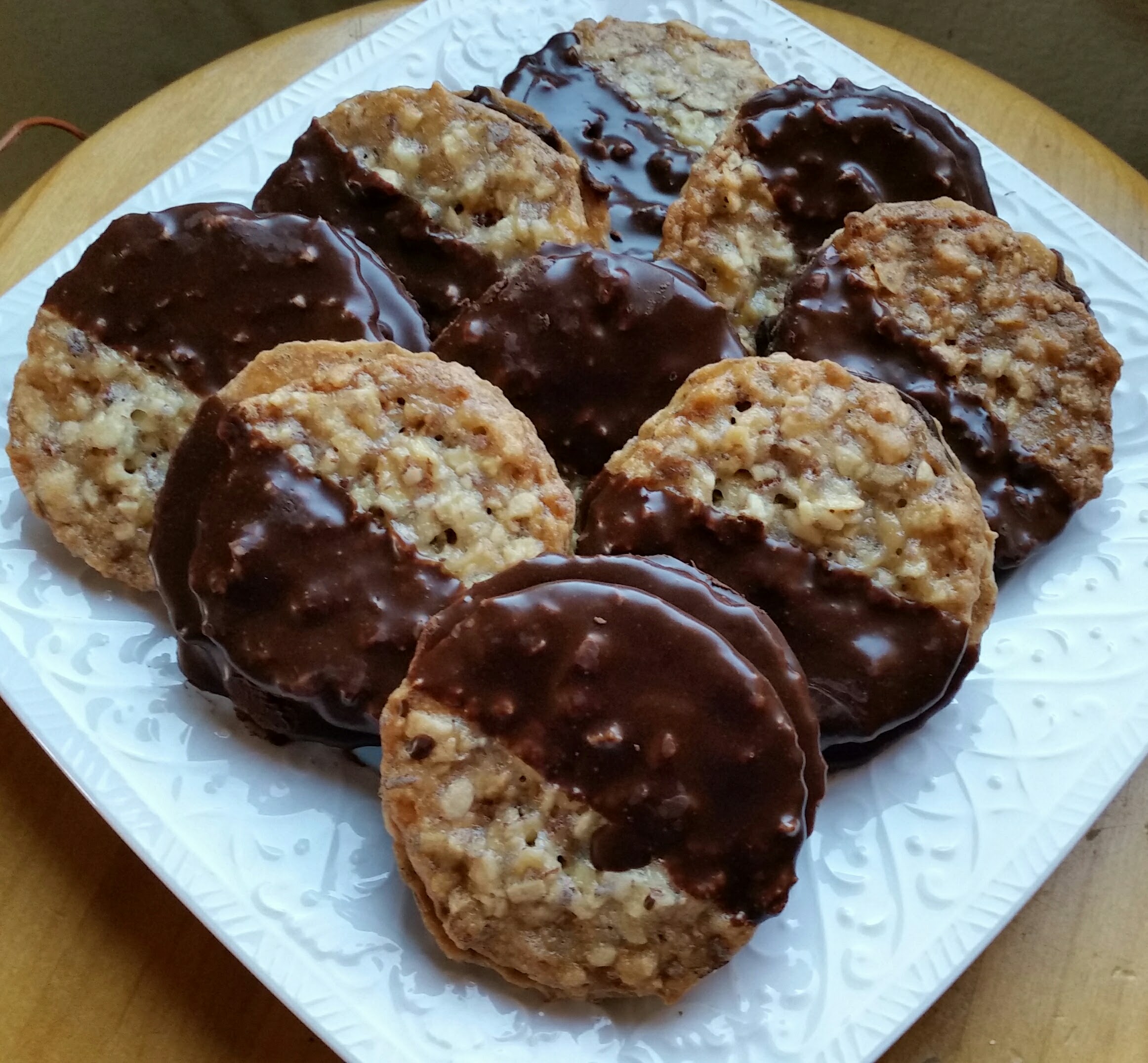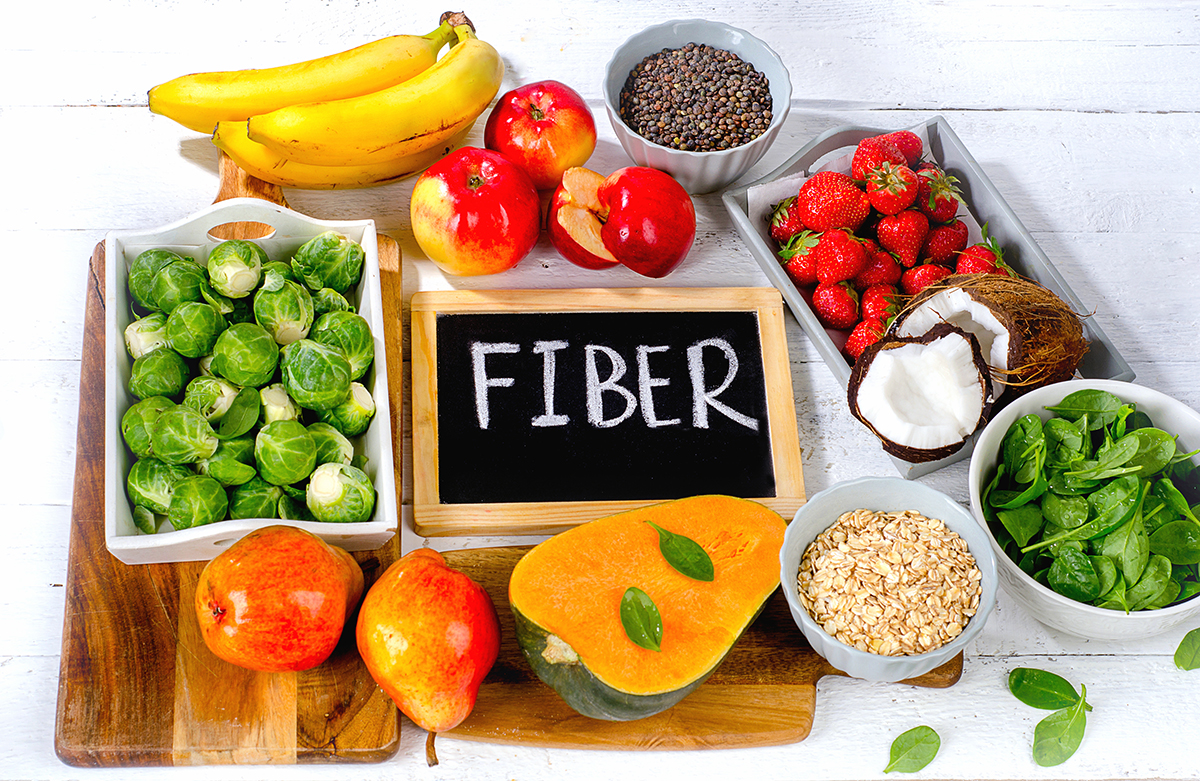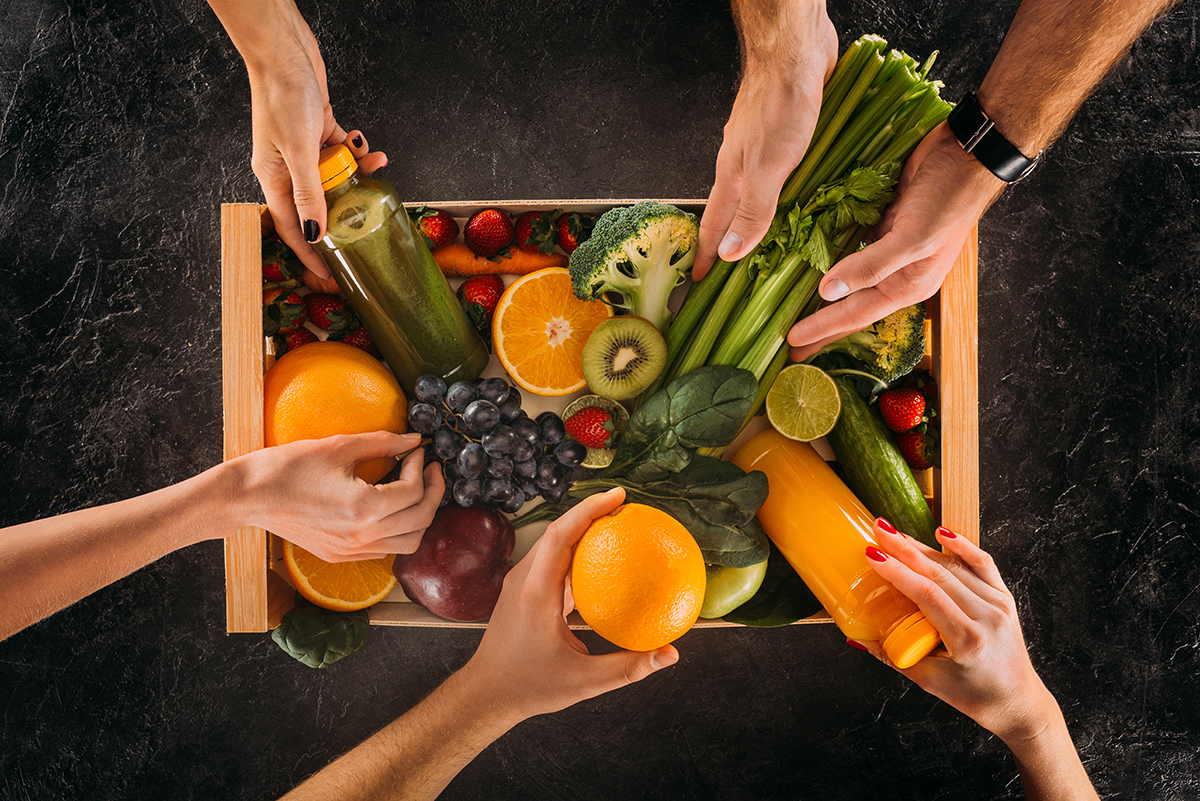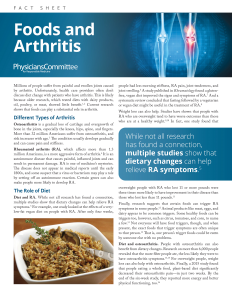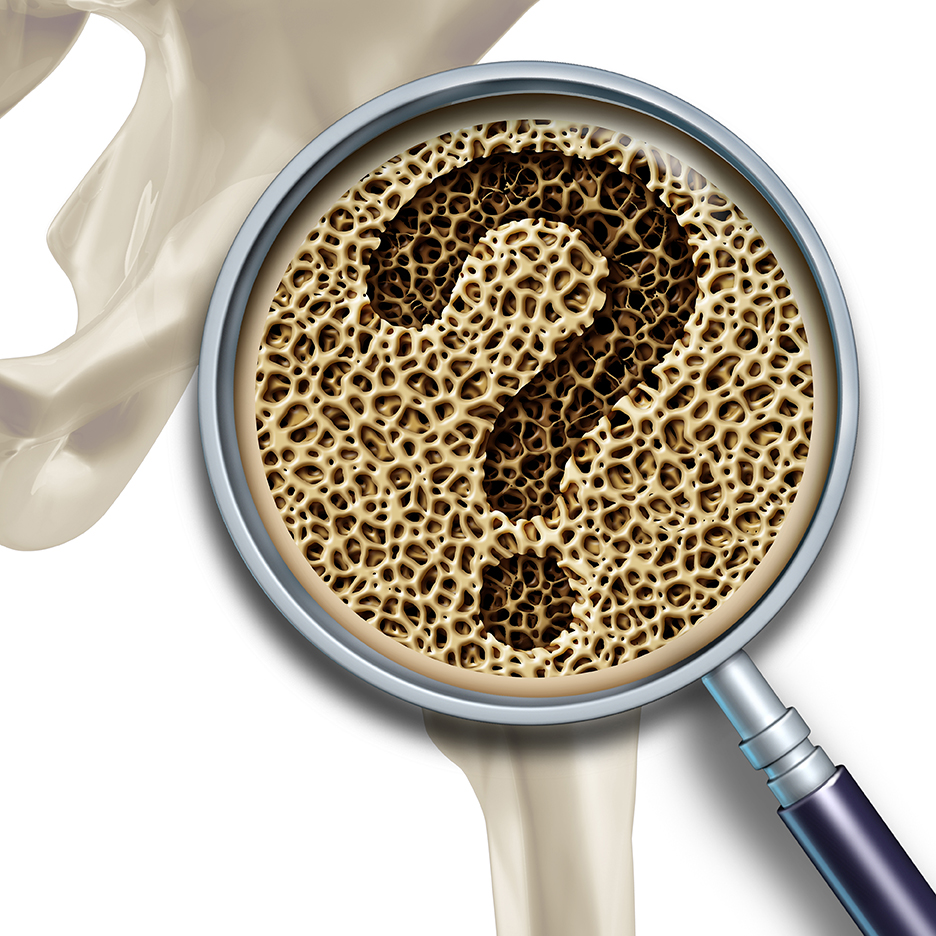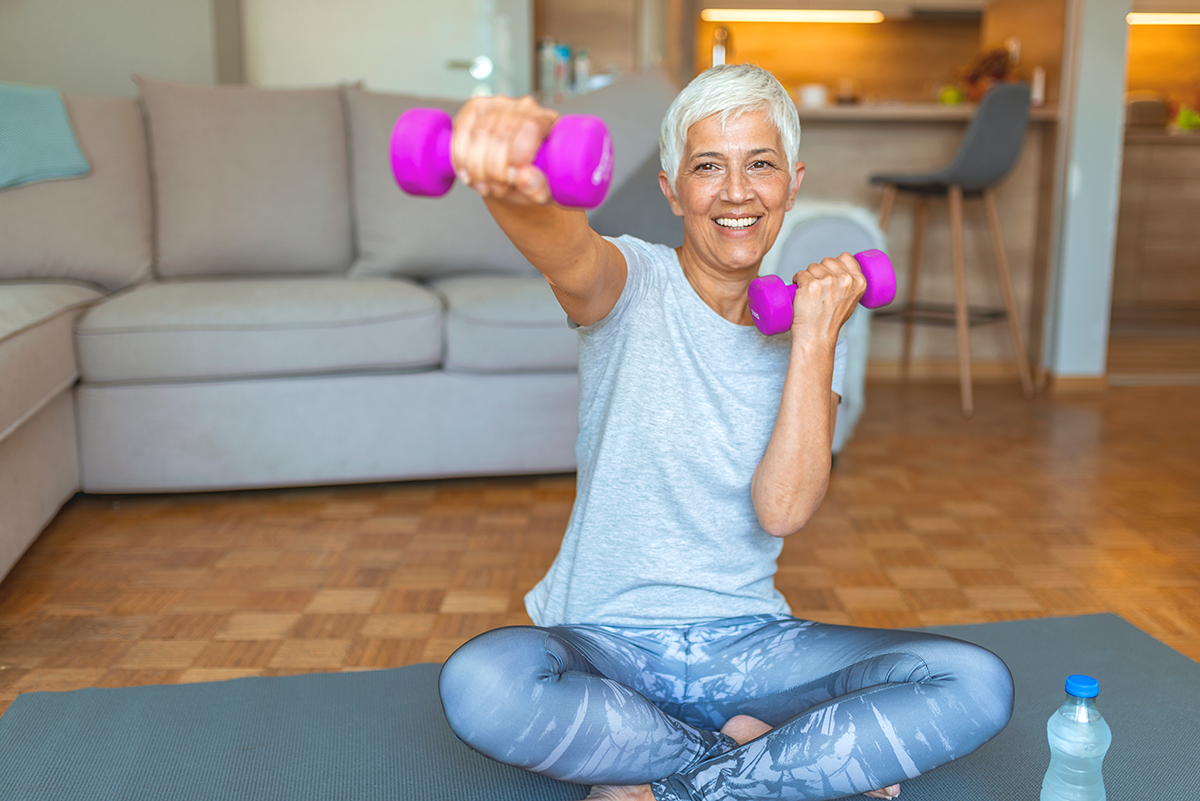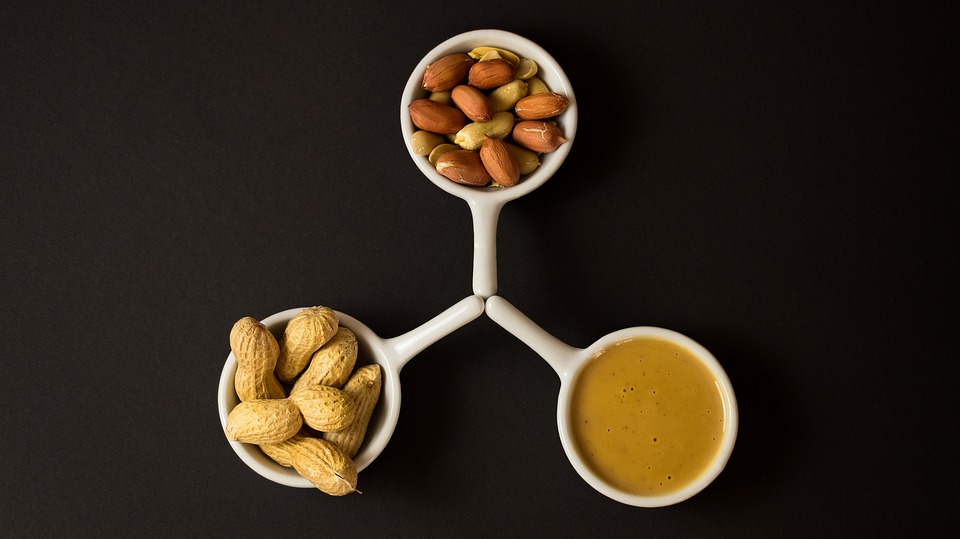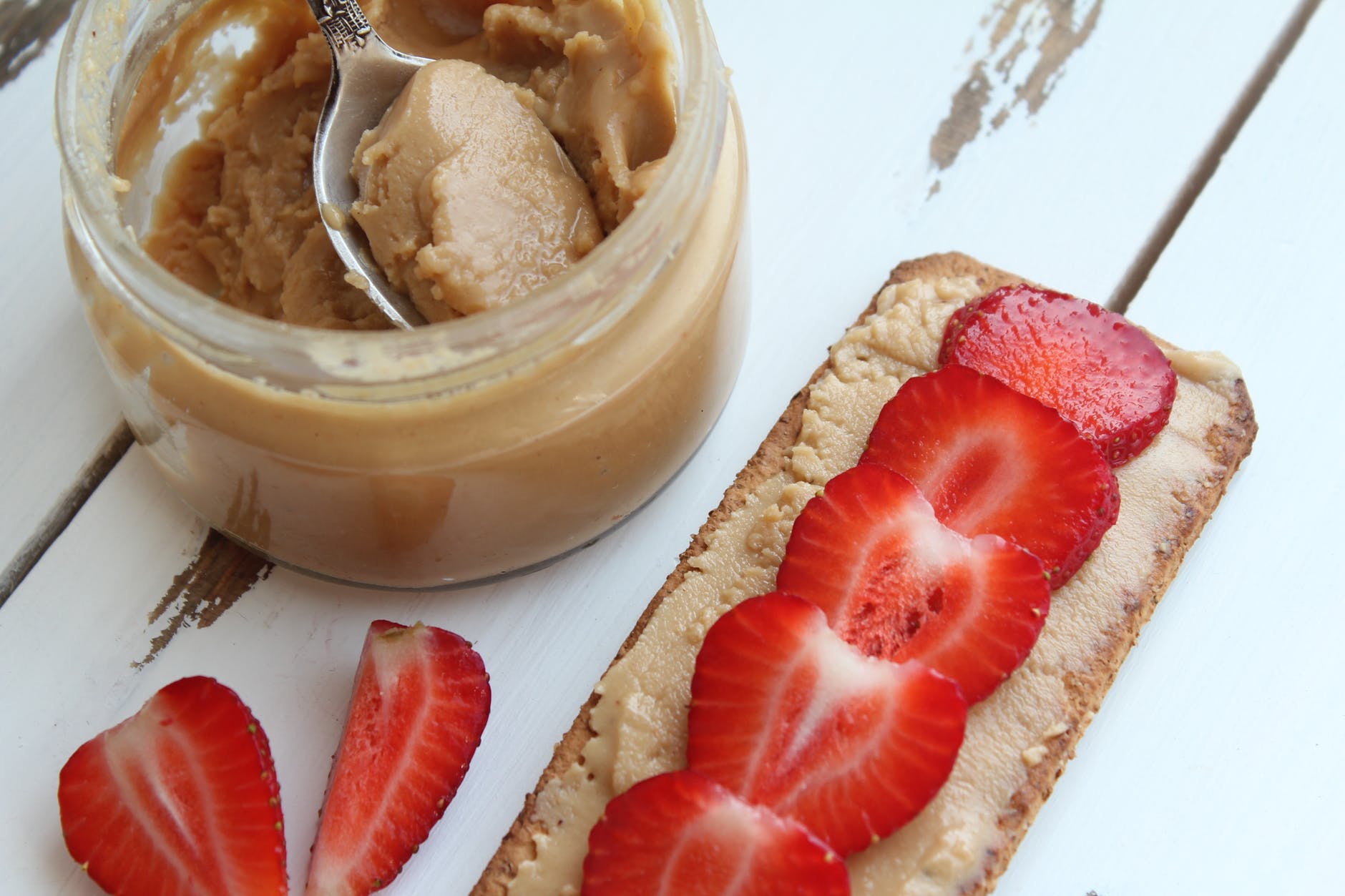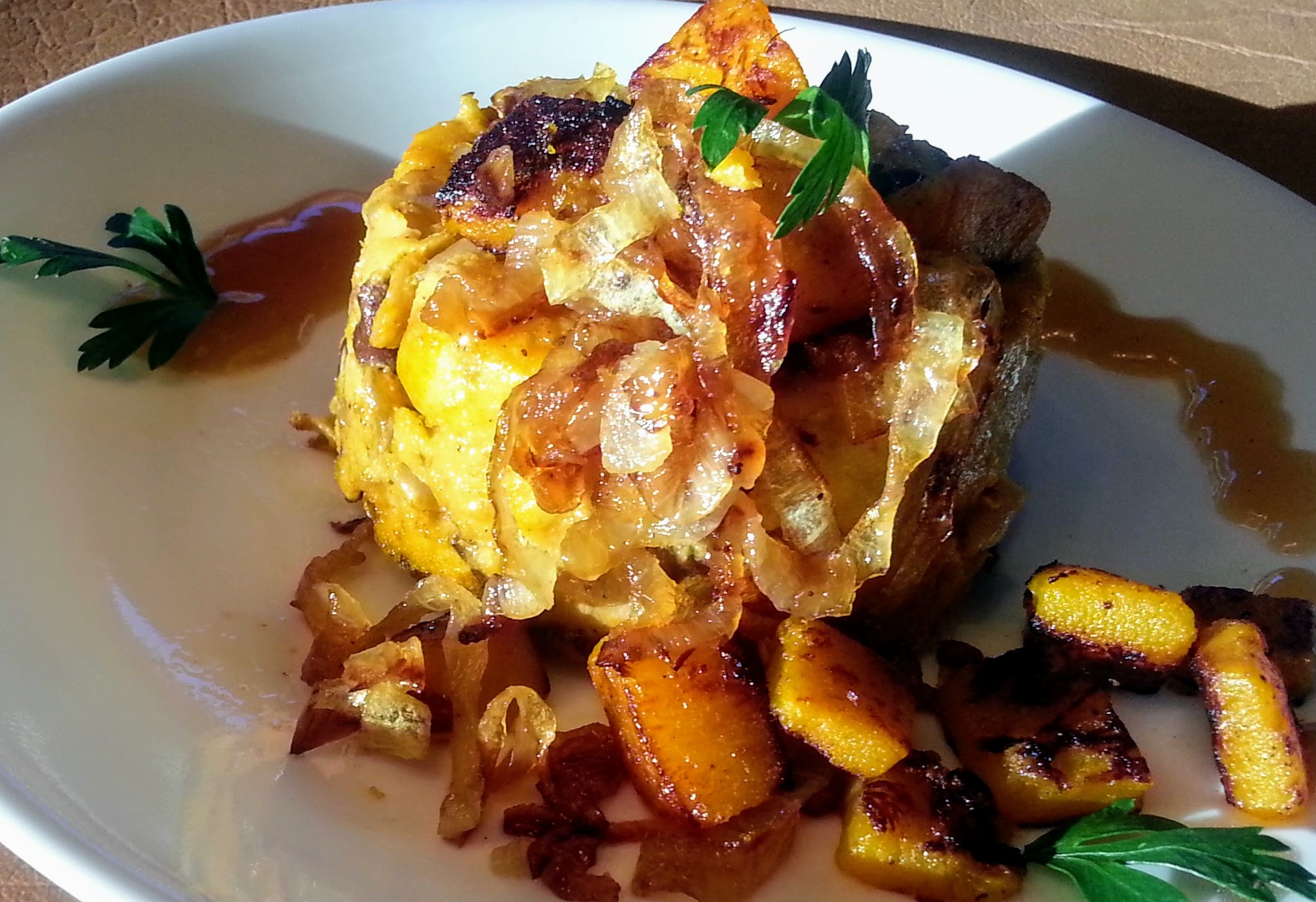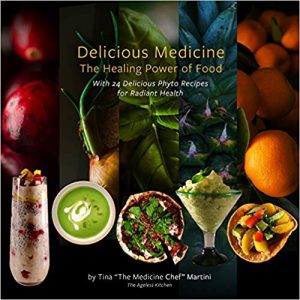Creatine: The athlete’s supplement of choice can boost anyone’s fitness plan and health goals
Long trusted by athletes and bodybuilders to help improve athletic performance, the muscle strength supplement creatine remains either unknown or shrouded in myth among the wider population. But increasingly creatine is being recognized by the medical community for the benefits it can bring beyond just athletic performance. From assisting in injury recovery to helping reduce the risk of falls in the elderly, creatine is a natural, safe, and effective tool all of us can use…

